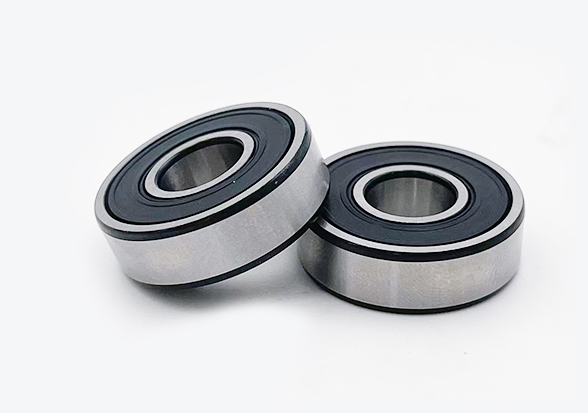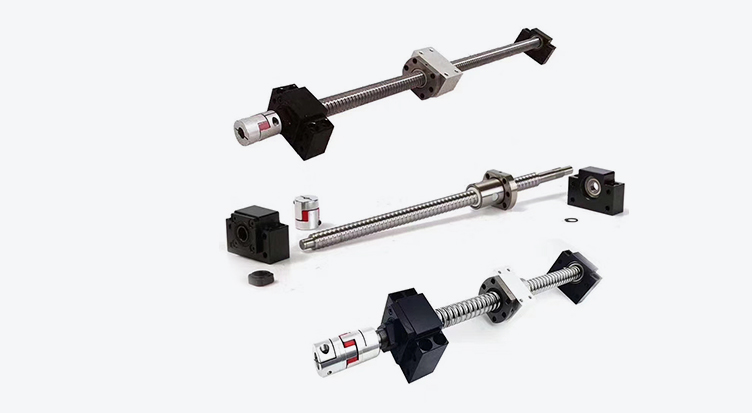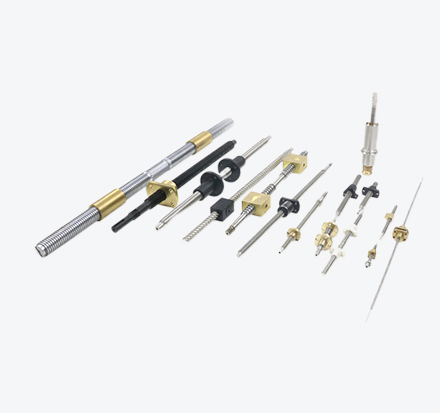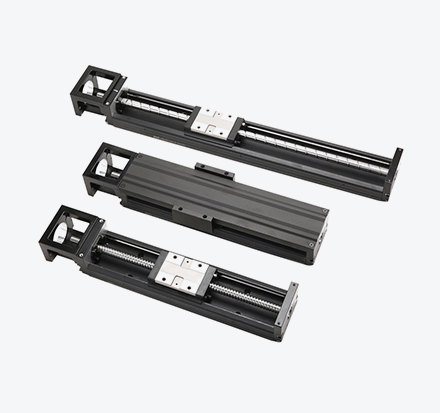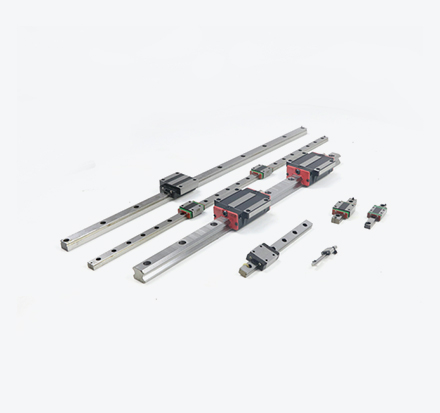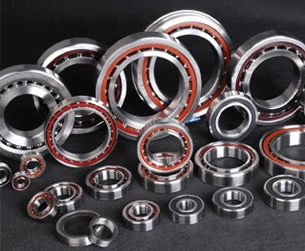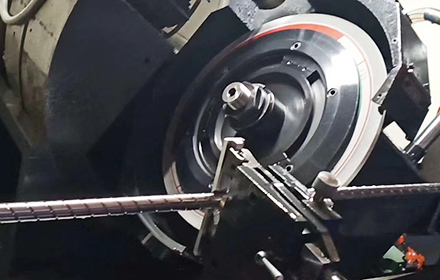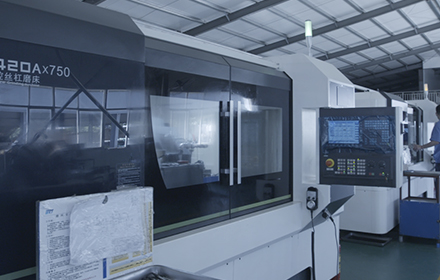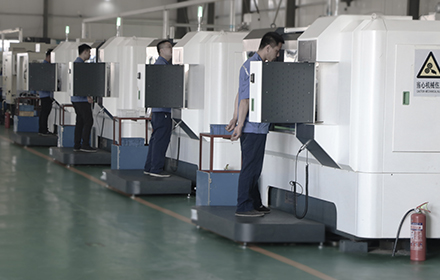We all know that many mechanical devices require bearings to operate properly. There are both precision bearings and ordinary bearings, so what is the difference between them? VXO linear bearing manufacturer will explore it in this article.
Differences between precision bearings and ordinary bearings
Different size requirements
Different requirements for rotation precision values
Different surface shapes and surface qualities
Materials used for products with higher accuracy levels are different from those used for products with general accuracy levels
Precision bearing manufacturing requires stricter requirements than ordinary bearing manufacturing
Due to its requirement for precision within a range of 1 μm, high dimensional and shape precision must be maintained for the shaft, bearing seat, end cover, retaining ring, and other components, and the fitting surface precision must be kept at the same level as the bearing. These are the differences between precision bearings and ordinary bearings. High precision bearings are more suitable for some devices that require accurate precision. What are the production specifications for precision bearings?
Production specifications for precision bearings
The roundness of the shaft and seat hole, as well as the perpendicularity of the shoulder, should meet the corresponding precision requirements of the bearing.
The interference fit of the rotating ring and the appropriate fit of the fixed ring should be accurately calculated. The interference fit of the rotating ring should be as small as possible within the possible range. As long as the impact of thermal expansion at work temperature and centrifugal force at high speed can be effectively ensured, creep or sliding of the tight-fitting surface can be avoided. The fixed ring should be fitted with a minimum clearance or interference fit according to the size of the working load and the bearing size. Too loose or too tight is not conducive to maintaining the original precise shape.
If precision bearings operate at high speeds under high temperatures, special attention should be paid to the fact that the interference fit of the rotating ring should not be too loose to prevent eccentric vibration, and there should be no clearance in the fit of the fixed ring to prevent ring deformation and vibration under load.
The condition for adopting a small interference fit for the fixed ring is that both matching surfaces have high shape precision and small roughness. Otherwise, installation will be difficult and disassembly even more so. In addition, it is also necessary to consider the effect of spindle thermal elongation.
When using paired double-acting angular contact ball bearings as the spindle, the load is generally light. If the fit clearance is too large, the axial preload will be significantly larger, causing adverse effects. For spindles using double-row short cylindrical roller bearings and tapered roller bearings, their loads are relatively large, so their interference fits are relatively large.
 English
English
